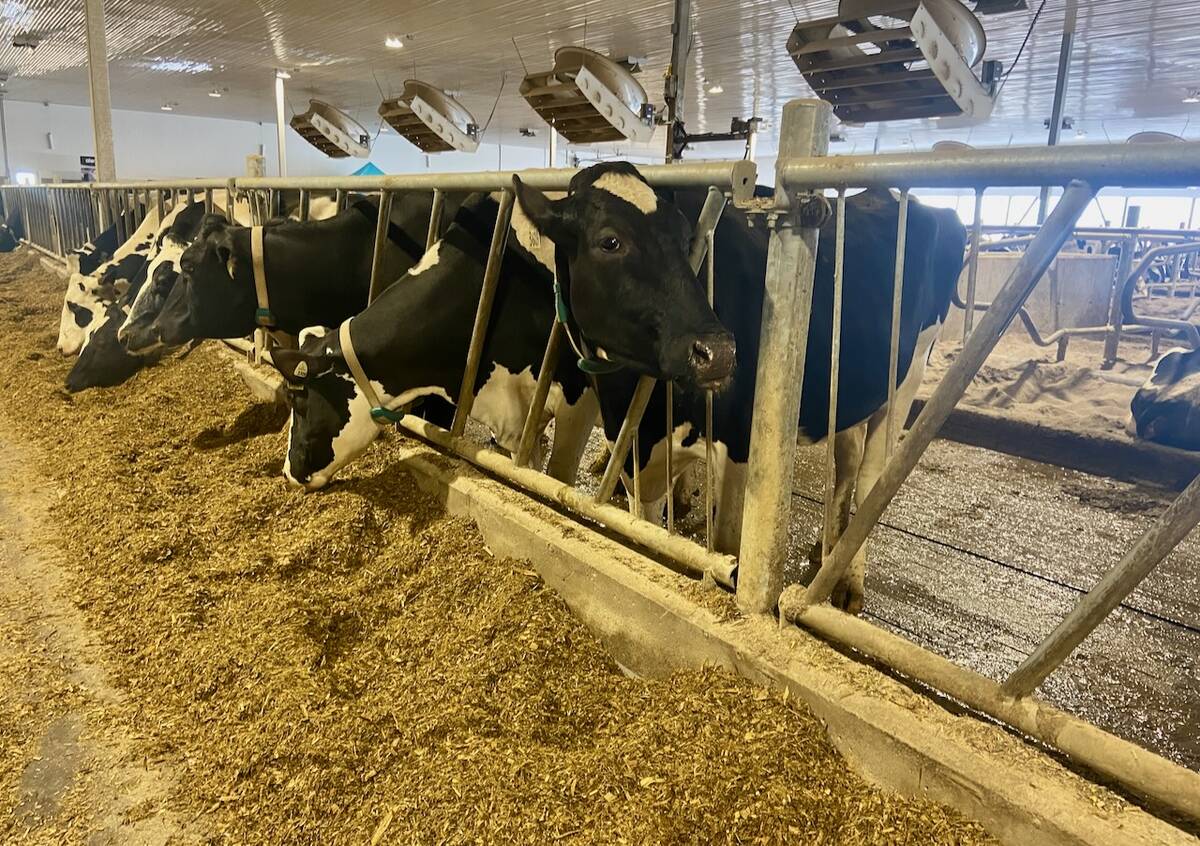ST. JEAN BAPTISTE, Man. — Herbicide-tolerant waterhemp moves kilometres closer to Manitoba with every Red River flood.
“It’s just a matter of time,” Manitoba Agriculture farm production adviser Ingrid Kristjanson said during a presentation at St. Jean Farm Days.
Glyphosate-tolerant waterhemp, a member of the pigweed family, has been spreading north through North Dakota in recent years. The main vector appears to be flooding, which carries the seeds both north along rivers and inland into low areas.
It has become a major problem around Fargo, N.D., and has spread north and south as far as recent floods could take it.
Read Also

U.S. farm group supports supply management
U.S. grassroots farm advocacy group pushing new agriculture legislation that would move towards supply management like Canada has for dairy industry
It’s an ugly, tall plant with as many as 100,000 seeds. Kristjanson said there have been situations where the weed spread across fields from a small initial infestation.
The same will happen north of the border when the crop arrives if farmers aren’t diligent in controlling it, she said.
“If you can deal with one plant, why not be scouting and hand-weeding?”
Herbicide resistance in weeds is a huge problem in the U.S. Midwest and Ontario but is developing slowly in Western Canada and is not yet a dominant issue.
However, 58 percent of Manitoba farm fields already contain at least some herbicide resistant weeds and that is likely to increase in coming years, both from naturally evolving resistance within fields and by vectors such as flooding from the U.S.
Kristjanson said farmers will have to rely less on one-product knockout approaches like glyphosate and embrace a more comprehensive weed control strategy, including different herbicides, crop rotations and crop type rotations.
There are no realistic prospects for new chemical families to be developed within the next 10 years, and most chemicals now have some resistant weeds. As a result, farmers have to be diligent in weed control.
“What we have is what we’ve got and we have to manage,” she said.















